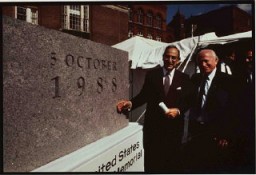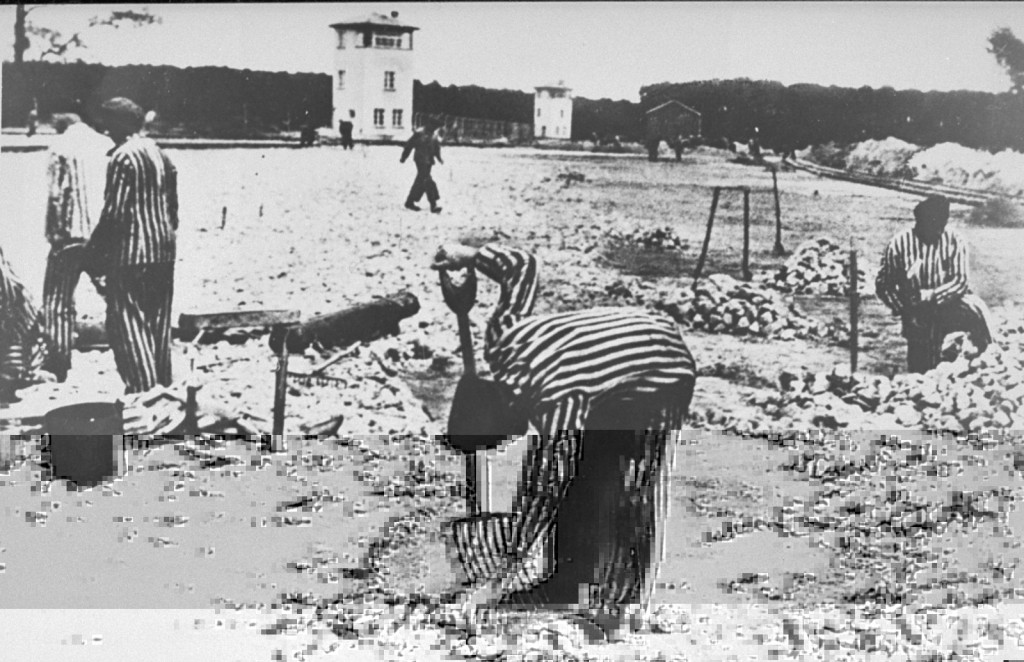You searched for: Warsaw ghetto
<< Previous | Displaying results 11-20 of 93 for "Warsaw ghetto" | Next >>
-
Featured Artifact: Model of the Lodz Ghetto
ArticleLeon Jakubowicz began constructing a model of the Lodz ghetto in the spring of 1940, after the ghetto was sealed. Explore the artifact and Leon's story.
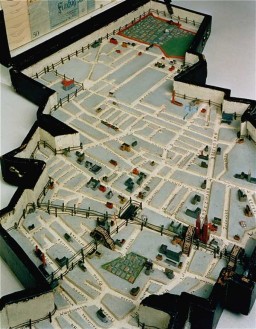
-
Resistance in the Smaller Ghettos of Eastern Europe
ArticleLearn more about Jewish resistance efforts in the smaller ghettos of eastern Europe and the obstacles and limitations Jews faced.
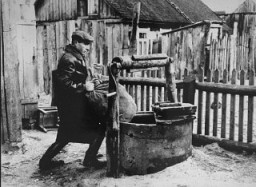
-
The Krakow (Cracow) Ghetto during the Holocaust
ArticleThe Krakow ghetto in German-occupied Poland held over 15,000 Jews. Learn more about Krakow and the ghetto’s history during the Holocaust and WWII.
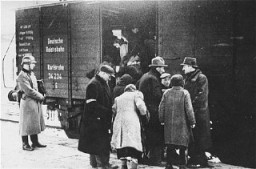
-
Jewish Uprisings in Ghettos and Camps, 1941–44
ArticleUnder the most adverse conditions, Jewish prisoners initiated resistance and uprisings in some of the ghettos and camps, including Bialystok, Warsaw, Treblinka, and Sobibor.
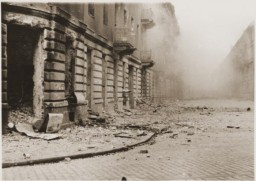
-
The Oneg Shabbat Archive
ArticleBegun as an individual chronicle by Emanuel Ringelblum in October 1939, the Oneg Shabbat underground archive became the secret archive of the Warsaw ghetto.
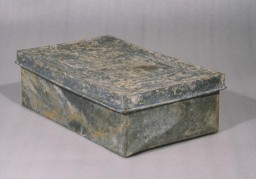
-
“Give Me Your Children”: Voices from the Lodz Ghetto
ArticleThe Jewish children of Lodz suffered harsh conditions after the German invasion of Poland. Read excerpts from diaries where they recorded their experiences.
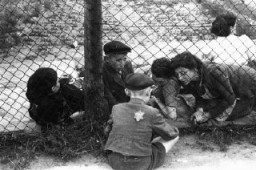
-
Estelle Laughlin
ArticleExplore Estelle Laughlin’s biography and learn about her experiences during the Warsaw ghetto uprising.
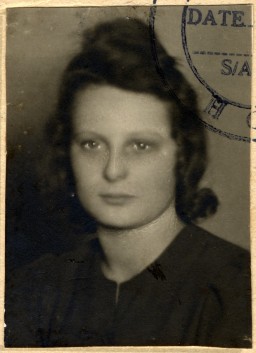
-
Emanuel Ringelblum and the Creation of the Oneg Shabbat Archive
ArticleEmanuel Ringelblum was a Warsaw-based historian and social welfare worker before WWII. Learn about the secret archive he would establish in the Warsaw ghetto.

-
Janusz Korczak
ArticleJanusz Korczak ran a Jewish orphanage in Warsaw. He and his staff stayed with the children even as German authorities deported them to their deaths at Treblinka in 1942.
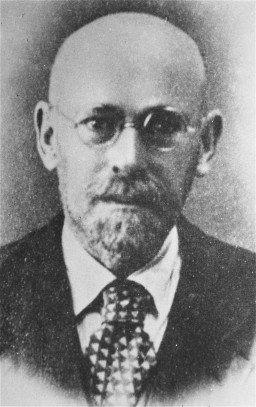
-
Benjamin Meed
ArticleBenjamin Meed, member of the resistance in Warsaw and later a leader of the survivor community, was a founder of the US Holocaust Memorial Museum.
